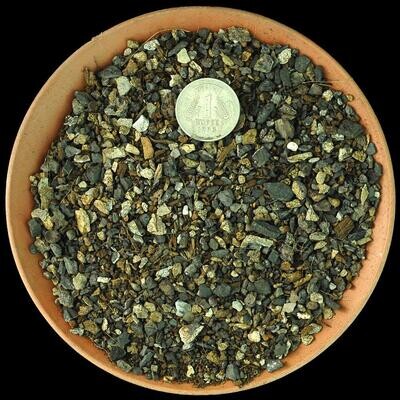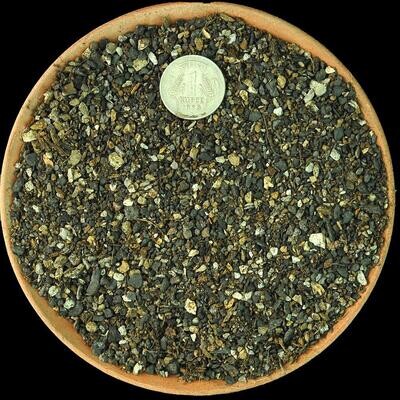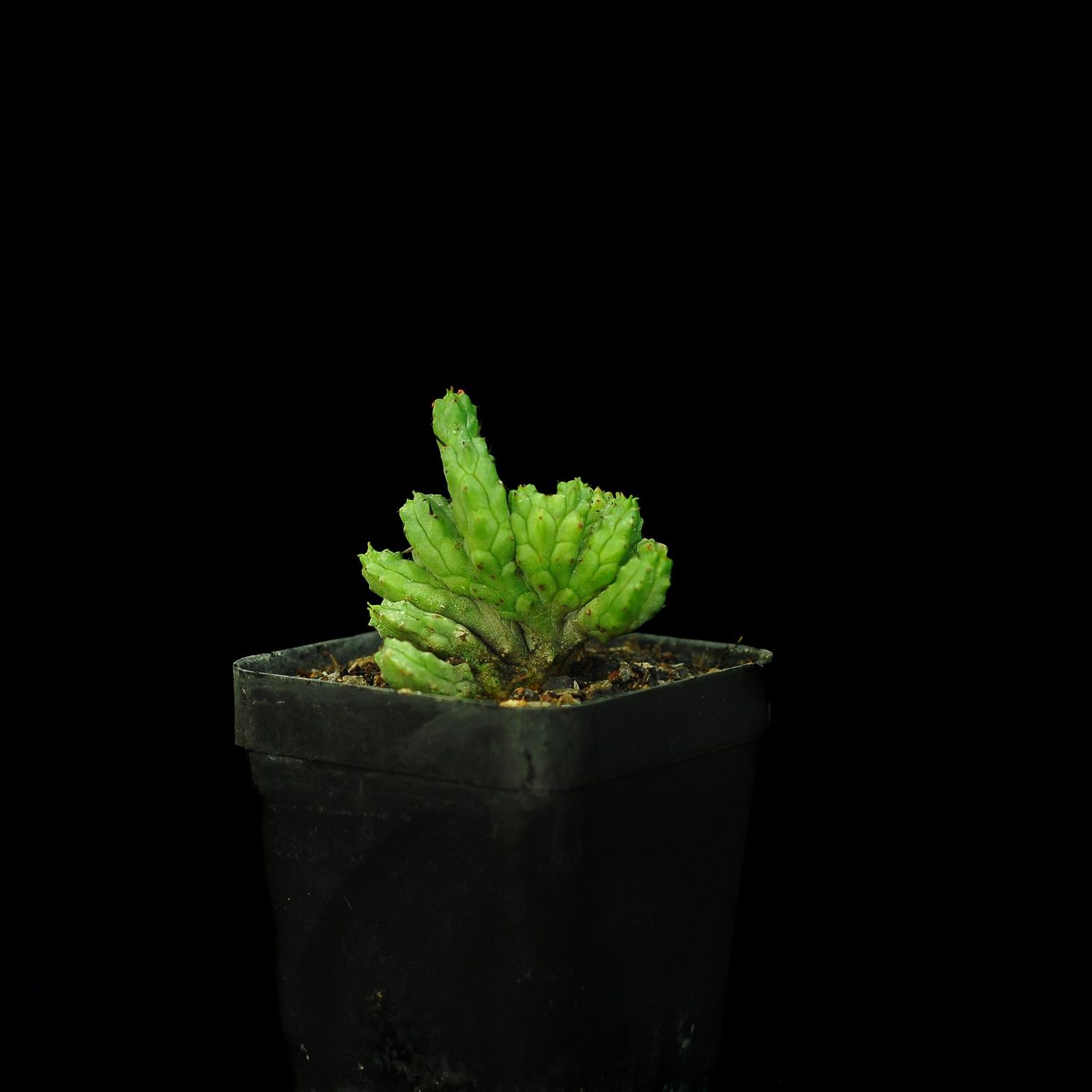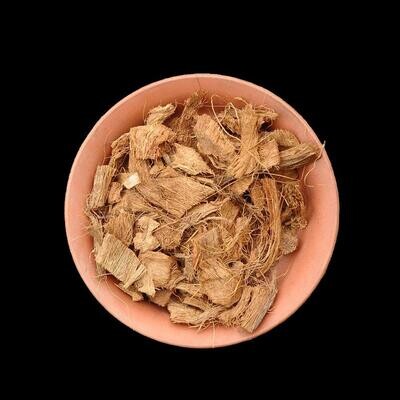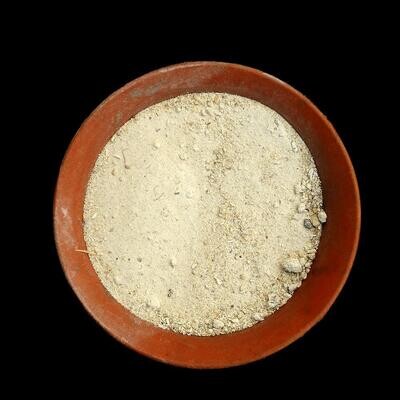Please check the Shipping Updates Page for information on shipping.
Euphorbia enopla monstrosa
Rooted plant. Monstrose form. Shows small segments of crests intermittantly.
Origin of Name
The genus name "Euphorbia" is derived from Euphorbus, the Greek physician of King Juba II of Numidia, who used a certain Euphorbian plant medicinally. The species name "enopla" stems from Greek, meaning "armed," a reference to the dense, spiny covering of the plant. The term 'Monstrose' refers to a mutation that results in abnormal, often unpredictable growth patterns, while 'Crest' describes a form where the plant grows in a wave-like or fan-shaped pattern rather than the typical upright form. Together, 'Monstrose Crest' indicates a plant with both of these unique characteristics.
Technical Description of Plant
Euphorbia enopla 'Monstrose Crest' exhibits a fascinating crested form where the stem expands laterally in undulating waves, adorned with bright red spines that contrast sharply against the green to bluish-green body. The crested form results from a mutation that causes the plant to grow in a broad, fan-like manner, creating a striking visual effect. Flowers are small and inconspicuous, typically overshadowed by the plant's striking foliage and form.
Origin of Plant
Euphorbia enopla is native to South Africa, thriving in arid and semi-arid environments where it has adapted to survive with minimal water. The 'Monstrose Crest' cultivar is a result of selective cultivation, emphasizing the plant's natural mutations for ornamental purposes.
Conservation Status
As a cultivated variety, Euphorbia enopla 'Monstrose Crest' does not have a specific conservation status. However, the wild populations of Euphorbia enopla, like many succulents, face threats from habitat loss and illegal collection. Cultivating and propagating plants like 'Monstrose Crest' in gardens and collections can help reduce pressure on wild populations.
Care Instructions
Euphorbia enopla 'Monstrose Crest' requires well-draining soil and full to partial sun exposure. Water sparingly, allowing the soil to dry completely between waterings, especially during the dormant winter months. This plant is not frost-tolerant and should be protected from cold temperatures. Avoid overwatering to prevent root rot. Handle with care, as the sap can be an irritant to skin and eyes, and the spines are sharp.
